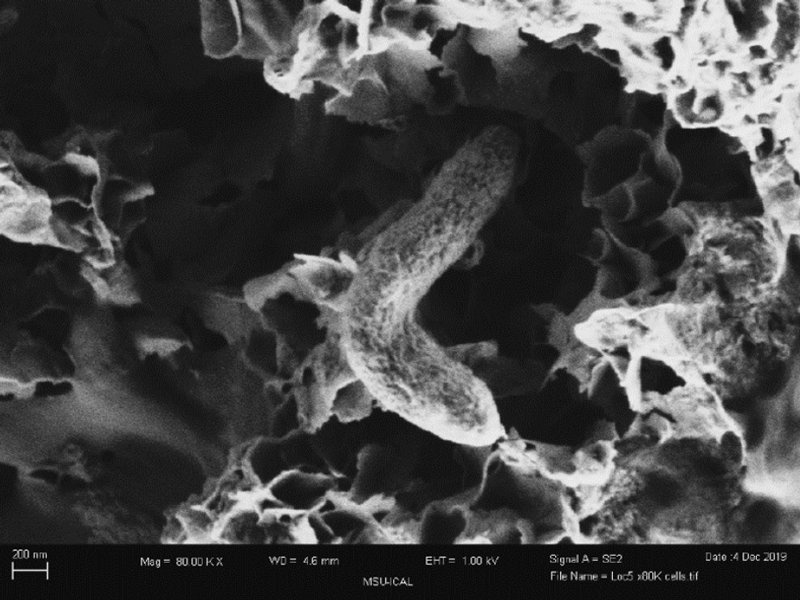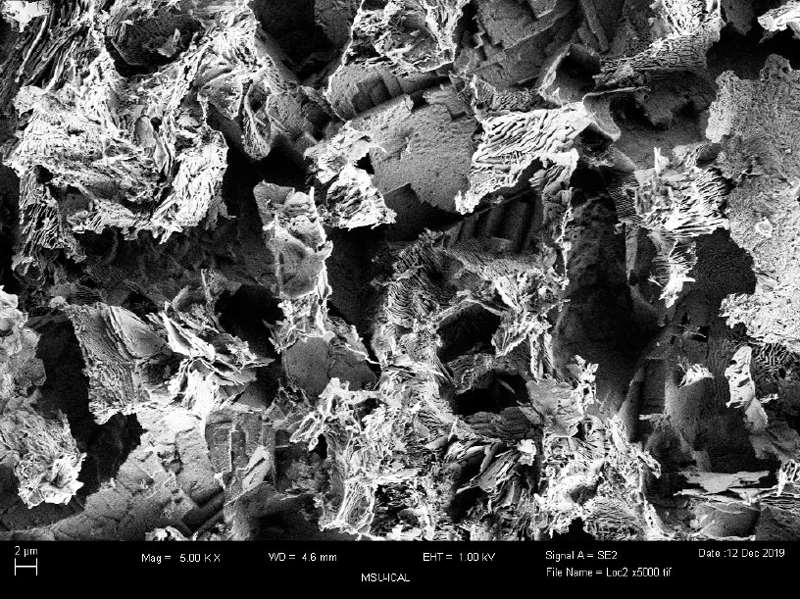Dr. Scott Wade
Name and Position:
Scott Wade
Associated Professor
PhD, Victoria University, Australia; BSc (Hons), Victoria University, Australia
What were your central research questions or interests?
My research is largely interested in corrosion, and how microbes can affect corrosion processes. This includes working on the fundamental questions right up to solving applied problems with industry in the field. During my time at ICAL I performed research into how different strains of sulfate-reducing bacteria might affect the corrosion of carbon steel.
What motivated or inspired your research?
Microbial corrosion is an amazing field that includes aspects of microbiology, metallurgy and chemistry. The multidisciplinary nature of the topic, however, causes some significant challenges, with people working in this area needing to appreciate the subtleties of each of the aforementioned disciplines. Sulfate-reducing bacteria have become one of the main default microbes to use in laboratory-based microbial corrosion studies. There is, however, a wide variety of strains of sulfate-reducing microbes with different physiological characteristics. Therefore, the question of which particular strain of sulfate-reducing microbe should be used in microbial corrosion studies arises. It is this this question that I was researching.
What is your academic background, and what professional development prepared you to do this research (i.e., what advice to young scientists who might be interested in pursuing this research as a career opportunity?)
My undergraduate degree was in applied science (physics) and computing, I graduated in 1994 from Victoria University of Technology with a BSc (Hons.). After that, I completed a PhD (Victoria University of Technology) in 2001 for research on optical fibre based temperature sensors. I then held research positions at a number of universities in the UK and Australia where I worked on applied research including the development of sensing techniques and corrosion studies. I joined Swinburne University of Technology in 2009 and am currently an Associate Professor where I teach and lead research programs.
Microbial corrosion and biofilm research is such a fascinating area where there are lots of problems to be solved and a wide variety of skills are needed. You need to be able to work with people from a variety of backgrounds and appreciate the knowledge and input that they might be able to bring. There is so much to learn, so be a sponge and soak it all up. Just like the rest of life, be honest and treat people with respect.

High resolution image of sulfate-reducing microbe in biofilm on the surface or a corroding steel sample.

High resolution image of rough surface of corroded steel sample exposed to sulfate-reducing bacteria
What were some of the key research findings, and what was their significance and application?
The different strains of sulfate-reducing bacteria had different physiological and corrosion behavior in the standard test medium. We also studied the inclusions present in stainless steel and subsequently showed how cleaning processes at the end of microbial corrosion tests can produce localized corrosion that could be incorrectly interpreted as being due to microbial processes.
What was the funding source for this research?
Swinburne University sabbatical scheme and the Defence Materials Technology Centre. This work was also supported in part by Montana State University MONT/ICAL facility under NSF/NNCI grant ECCS1542210.
Please provide a few recent publications that resulted from your research done at ICAL.
M.A. Javed, N. Rieders, I. Beech, R. Avci, W.C. Neil, and S.A. Wade, The Influence of Chemical Cleaning Methods on Pitting Morphology Attributed to Microbially Influenced Corrosion of Stainless Steels, Corrosion 77, pp. 276-286, 2021.
